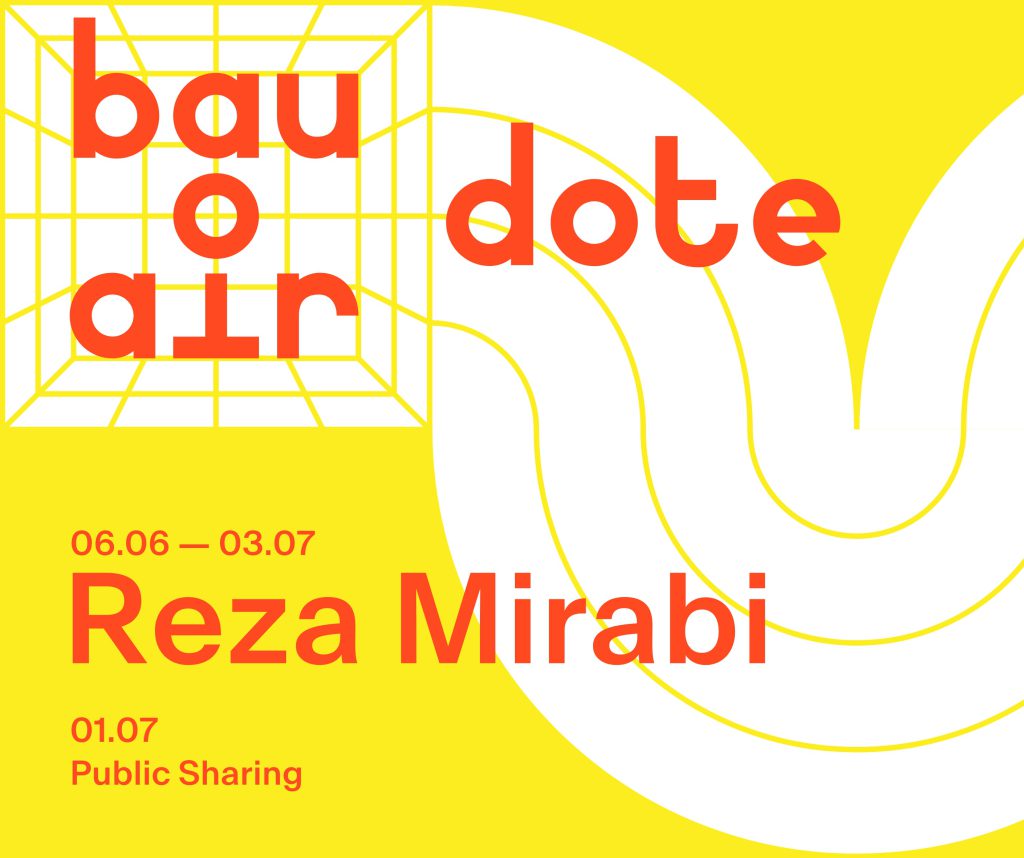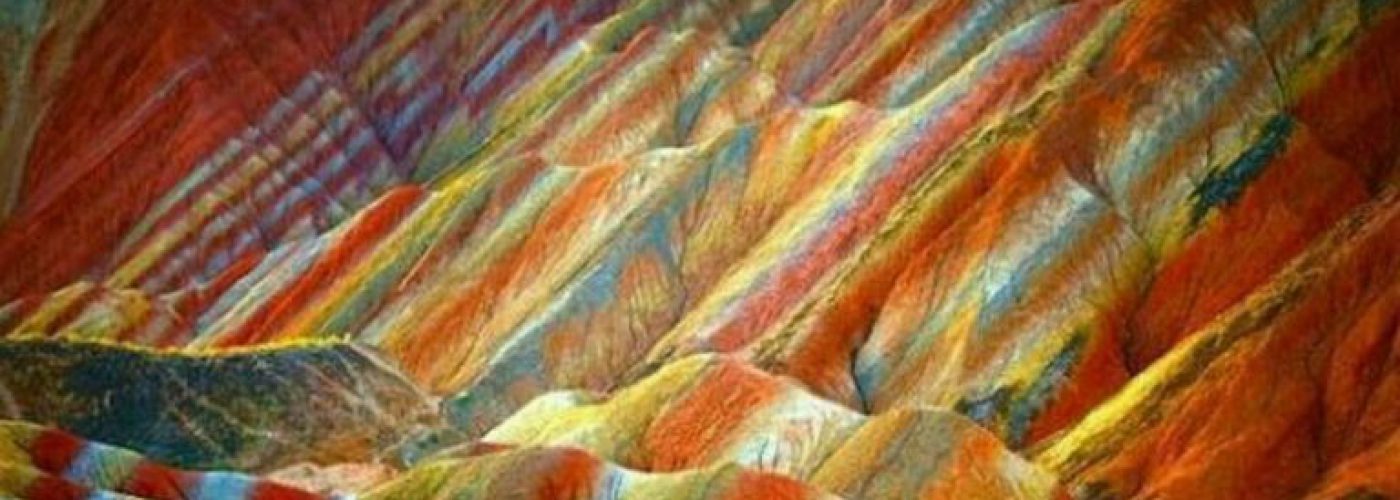BAU AIR DOTE Residency
During the BAU AIR DOTE residency, Reza Mirabi is deepening his research into what he calls choreographic storytelling. Choreographic storytelling is a practice that he has been coining and developing over the last few years. It starts from the belief that every place, object or being is already and always telling their story. And we might hear these stories when we listen. So instead of overwriting them, what he sees as crucial is to practice listening which in turn affords us to rather co-compose with all these stories that are already being told at this very moment. In that way, Mirabi tries to look at listening as a choreographic process and a political act.
The materials he takes with him into the studio at BAU are memories from his family archives. Stories of Jawad, Sakineh, Sherezade, and Ali, photographs from Zaman, Zanjan, Teheran, and Shush, Hannover, Berlin, and LA. Pasts and Presents, here and elsewhere, Mountains and Mountains.
He meditates on the intimate stories of displacement, refuge, mental illness, the loss of languages, practices, cultures, lives, land and seeds, that carve deeply through his family history. Mirabi wishes to be in remembrance, and to dance with the many questions of home.
He will memorize these stories, chew on their words, repeat, sing, and move, compose and improvise, scream, close his eyes and feel, as to experiment how to compose and ultimately embody the stories that live inside of him.
How can the stories of the past help us to move through the present?
Can fiction help us to remember our unsayable memories?
Together with Percussionist Khaled Mohamed Khaled and Cellist Sheng-Chiun Lin, the trio rehearses the transitions between rhythm, melody, and meaning, between personal, political and abstract, and to ultimately let stories unfold that speak to us in amodal languages.
Once a year, BAU and Dancing on the Edge team up to host the BAU AIR DOTE. This residency provides four weeks time and space for a performing artist, whose work resonates with both BAU and DOTE, to dive deeper into their artistic practice and research without the pressure of producing a finished piece of work. BAU and DOTE find their common spark in the belief that performing artists should be able to be and think freely in the pursuit of their artistic goals. Moving between different borders, bodies, histories and (pre)conceptions.
There is a public sharing on the 1st of July at 17:00 at BAU, Entrepotdok 4, in Amsterdam.





